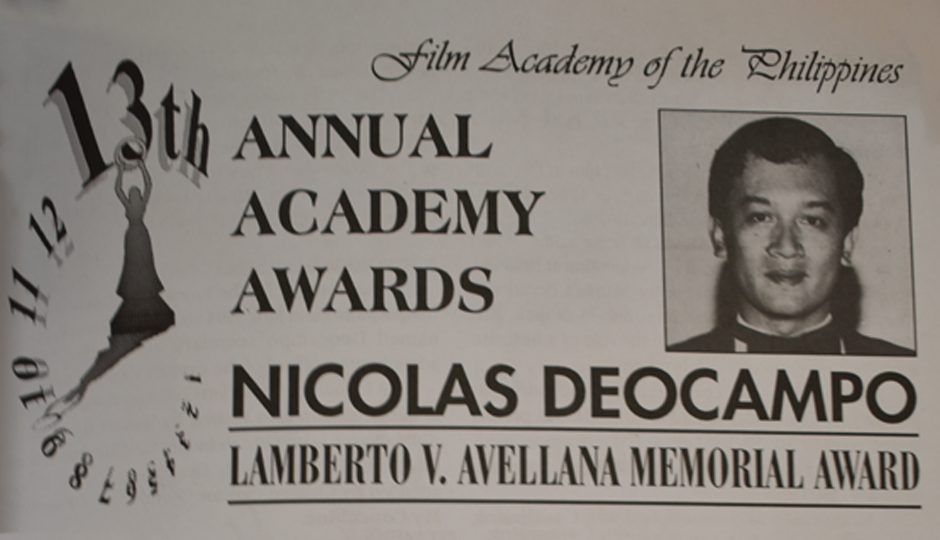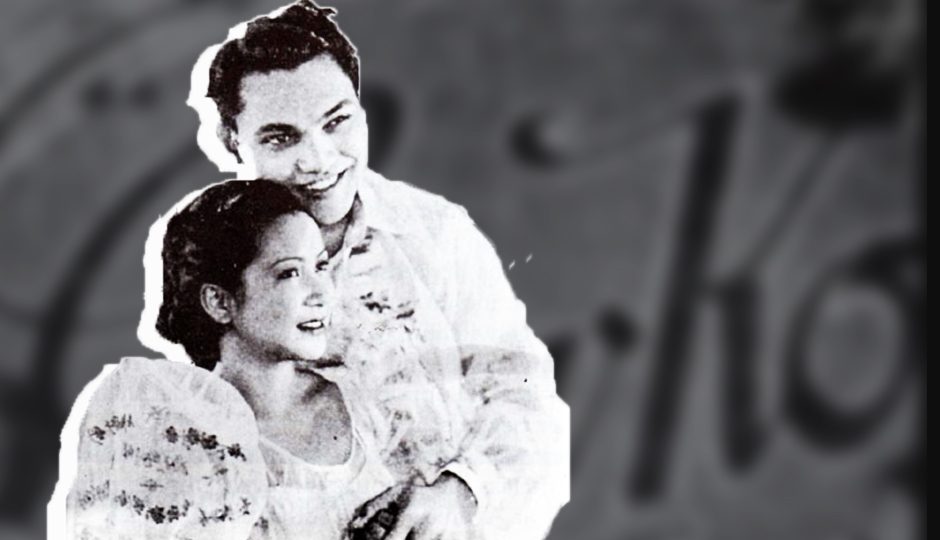The lesser known old films in the industry are the ones that talk about indigenous Filipinos and how they interact with the modernized world. A few films from the 50’s and all the way to the present have put this issue on the radar. Regardless of how old some of these films are, the issue they present are timeless.
Ifugao, 1954
While copies of this film can no longer be found today, Ifugao vividly portrayed the life of the Ifugao that lived in the mountains of Cordillera. The film even features one of the Eight Wonders of the World, Banawe Rice Terraces, perhaps to capture the resilience and hard work of this tribe. The film also tackles the issue between the Ifugao’s tribal warriors and the American colonizers. The film was recognized in the Asian Film Festival in Singapore.
Igorota, 1968
A film produced and directed by Luis Nepomuceno, Jr., it was internationally recognized as foreign audiences were enthralled by the life of the indigenous Filipino. For some reason, the lesser known Asian cultures, specifically from tribal origins, fascinated international audiences. It had that “Pocahontas” effect. Where two characters from entirely different worlds and standing in life, get together despite the gap between their upbringing. The film centers around a woman from an Igorot tribe who falls in love with a man from the city. Despite their passion for one another and their desire to tie the knot, they face backlash from the man’s relatives. The couple soon realizes the irreconcilable differences of their former lifestyles.
Banaue: Stairway to the Sky, 1975
One of the prominent actors in the industry, Nora Aunor, took part in this film as a proto-feminist character. The film is about a warrior maiden, Banaue, and her tribe’s goal to find the so-called promise land. But when other tribes attempt to claim their land, they engage in a ruthless war. While this is the main problem in the film, the film also focuses on Banaue herself and how she deals with the numerous suitors fighting for her affection. Banaue, while obviously used as a symbol for sex and sensuality, is also used to show a sense of responsibility over the needs of her society. In a line quoted many times before, Banaue says “You–him–but more than either, my people.”, in response to being asked whom she loved more among her suitors.






Comments (0)
Leave a reply